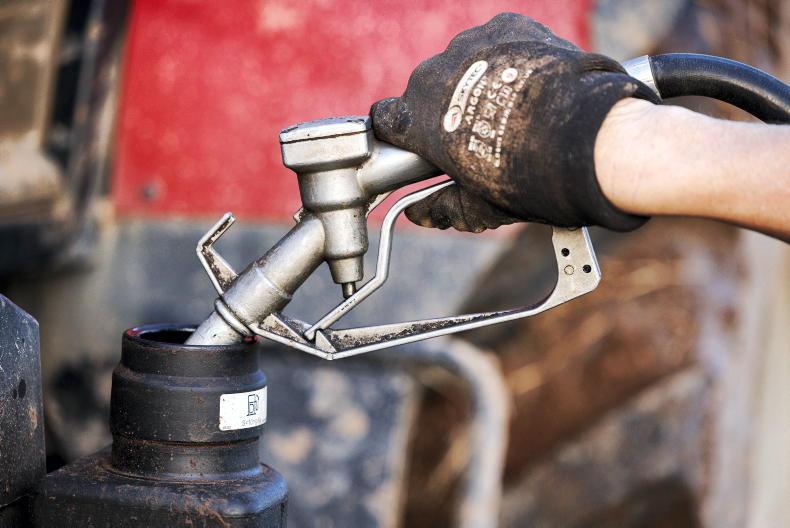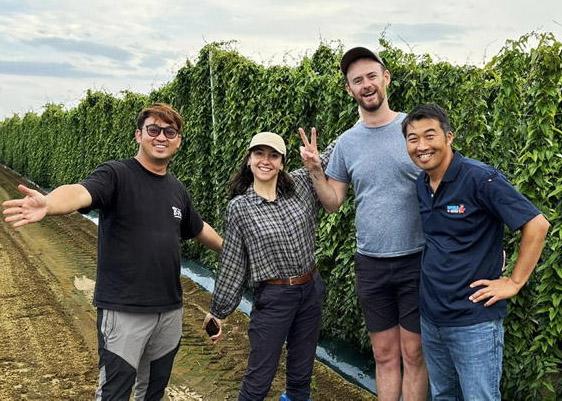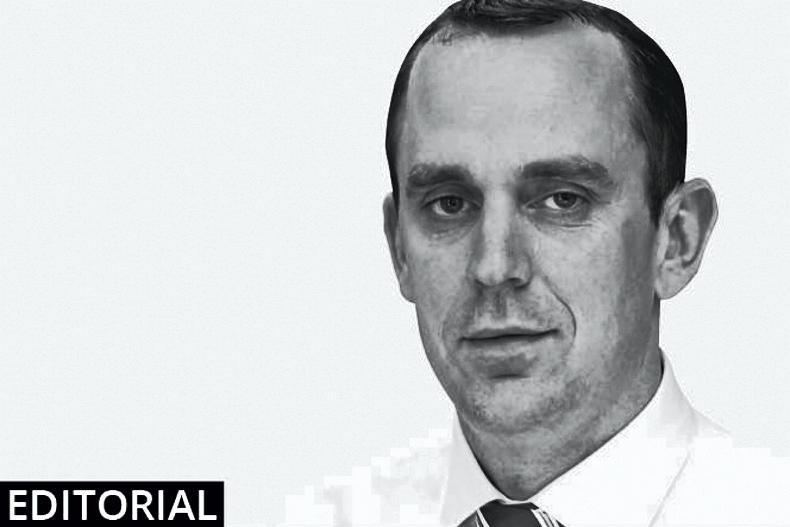While the audience was lacking in farmers, there was a full house of advisers, business reps and researchers at last week’s Teagasc Soil Fertility Conference. Those in attendance now have a job to do. The science was presented in a logical format with practical applications. It is now vital that this information gets to the people who can actually make use of it: farmers.
There were two launches at the conference, both closely related in their objectives. The Fertiliser Association of Ireland published a technical bulletin titled Soil Sampling – Why and How?
Paddy Casey, president of the Fertiliser Association, quoted the statistic that 41% of soil samples are taken for advice with 59% taken to fulfil legislation or schemes. The information is being gathered but unfortunately not being always used.
Prof Gerry Boyle, Teagasc director, said that we must change that statistic.
The second launch was NMP-Online which stands for Nutrient Management Planning. This is a mapping system where soil test results are printed on a colour-coded farm map. Seeing the colours is a useful visual way to highlight where there are problem fields. The Teagasc Agricultural Catchment Programme farmers have been trialling a version of this mapping. The results showed these farms increasing ideal fertility soils from 10% to 13% – still frighteningly low but the trend is obvious.
Farmers generally respond to science. The problem is that we don’t trust scientists. It does not matter whether they are environmental or agricultural scientists, we just don’t accept the findings at face value. We need to hear it from guys using the science in practice, the people with mud on the boots and dung spatters on the shirt.
That’s the value of discussion groups and the IFA-led Smart Farming initiative – it’s farmers learning from other farmers.
Advisers can be a good go-between to bring advice to farms and requests to researchers. The problem is not having enough employed in the field.
In west Cork, two dairy advisers retired during the summer and still have not been replaced due to the Government recruitment embargo. Whether it’s the loss of two tonnes of lime on heavy soils every five years, putting a value on slurry or collecting soil sample result trends, there is no point in having the information if the farmer isn’t being encouraged to use it.










SHARING OPTIONS